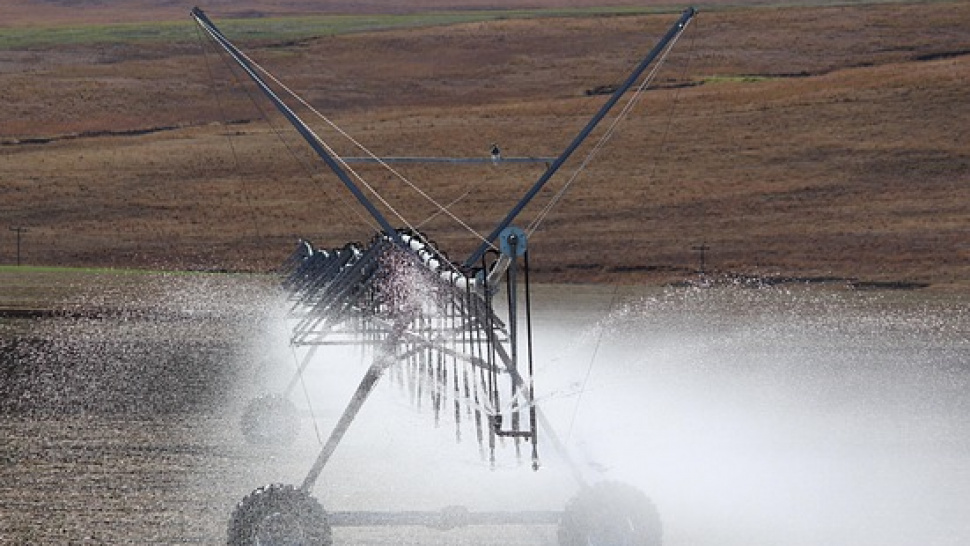Saudi Arabia has always been dry, and there’s not a lot of fresh water to go around. Because of that, farmers are starting to rely more and more on micro-irrigation systems if they want their fields to stay green. As the country pushes forward with its Vision 2030 plan, which focuses on sustainable growth and making sure everyone has enough food, the market for these small-scale watering setups is really taking off. Drip and mini-sprinkler systems are quietly changing the way many farmers work, moving them from old techniques to smarter, water-saving methods.
Saving water isn’t just a good idea—it’s at the very top of the national to-do list. Right now, farming eats up more than 80 percent of the country’s water, so cutting back there makes a huge difference. That’s why drip systems are so helpful; they shoot water straight to the plant roots and keep most of it from just evaporating. In a place where the underground wells are running low and turning sea water into fresh water costs a fortune, this kind of careful watering stops panic before it can start.
The government, through the Saudi Irrigation Organization, is also pitching in. They give farmers cash rebates and hands-on help when people swap out old pipes for newer micro systems. Because of that support, producers waste less water and still bring in better harvests, so the whole operation—wallet, field, and environment—comes out ahead.
The micro-irrigation market in Saudi Arabia is set to grow a lot by 2025, thanks to a few big reasons.
First, the government is handing out generous subsidies and rolling out friendly policies to help farmers upgrade from old flood systems to modern drip and sprinkler setups. Second, the country’s dry desert climate simply makes all that rushing water wasteful, so growers are looking for ways to save every drop.
Third, new technology is playing a big role. Farmers can now slap on Internet-linked sensors that track moisture, temperature, and even soil nutrients, turning irrigation into a smart, data-based job. Finally, as the population climbs and food security moves up the agenda, everyone agrees that more efficient farming practices are a must.
Popular Systems in Use
Drip irrigation still sits at the top of the micro-irrigation pyramid in Saudi Arabia. Its pinpoint delivery lets it work wonders in row crops, orchards, and vineyards without drowning the plants. For wider fields like wheat and barley, many growers are sticking with traditional sprinkler systems that blanket the ground.
What’s really catching on, though, is the combo move. Farmers are linking fertigation—feeding crops through the same pipes that carry water—right into those sprinklers. The result? Healthier plants, less chemical runoff, and far fewer trips up and down the field.
Looking ahead, the micro irrigation scene in Saudi Arabia is set to take off by 2025, with both city farmers and those in the countryside expecting bigger and better systems. Manufacturers are now zeroing in on special setups that match the Kingdom’s different soils and crops, so no farm ends up with “one-size-fits-all” gear. Plus, the growing team-ups between private firms and government agencies are making it easier to roll out these systems on a bigger scale.
Company Name: GMI RESEARCH
Email: [email protected]
Address: Dublin, Ireland
Website: https://www.gmiresearch.com/
GMI Research – Consulting & Market Research



Share the News